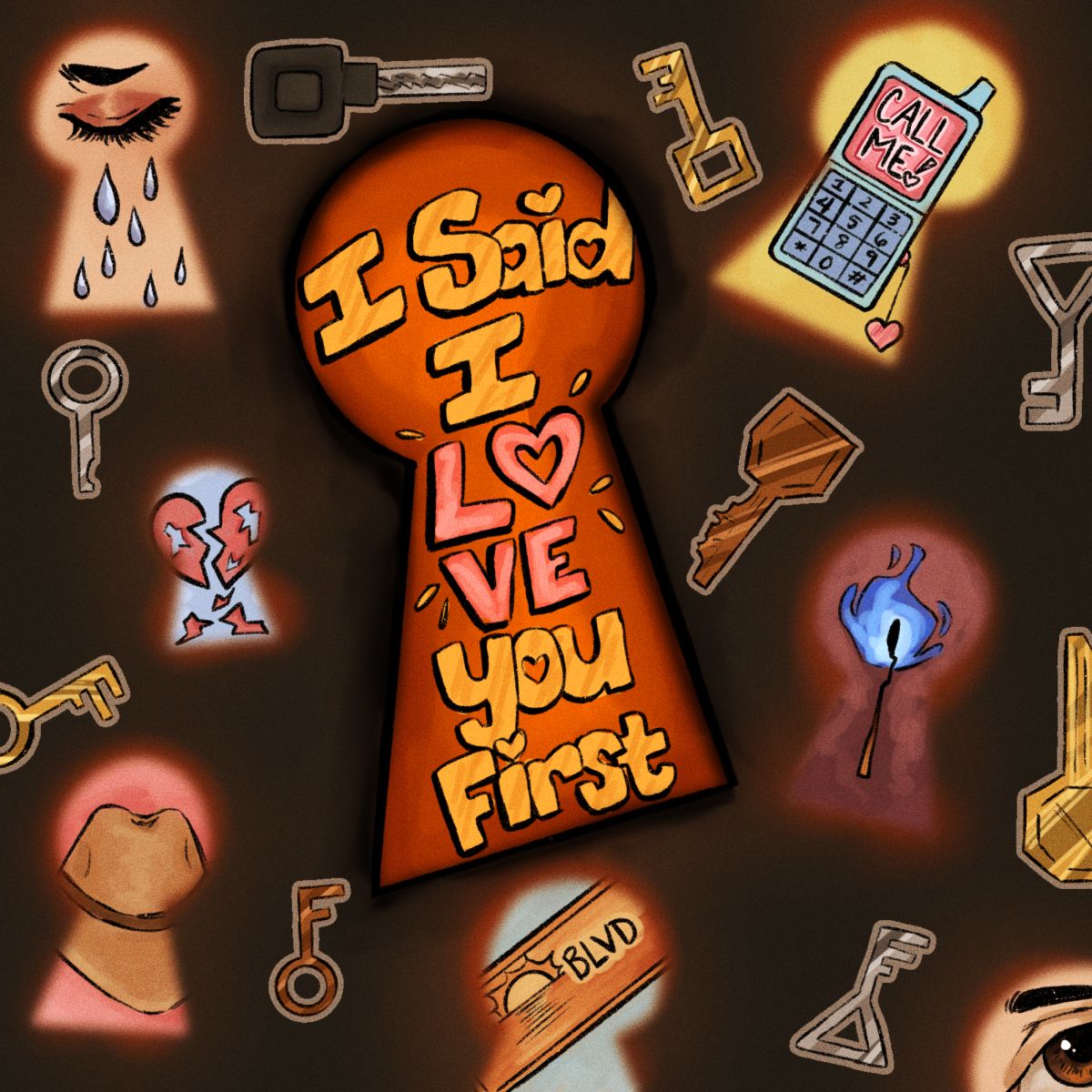Steve Jobs unveiled the new iCloud service, which will sync your computer’s music, photos, calendar and email across all of your devices (including iPhones) instantaneously over the Internet, at the Apple Worldwide Developers Conference in San Francisco on Monday.
Part of this service is iTunes Match, a feature that will allow users to stream their iTunes libraries to any of their supported devices (PC, Mac, iPhone and iPod). It’s a clever way to deal with the problem of space. With the advent of digital music making it possible to have a giant collection of music, we’re limited in what we can take with us by the amount of gigabytes a phone or music player can hold. But with this new Cloud-based service, it won’t matter how much music you have (or will have).
Similar music-streaming services already do exist. Solutions for users looking to cut the cord and save precious hard-drive space have already been created, but some are more effective than others.
With some services, such as the increasingly popular MOG (which counts Time Magazine and The Washington Post among its accolades), we’re pretty close.
MOG boasts a well-designed and easy-to-navigate site that has a sprightly playfulness to it. It has a search function that stands out for its speed (usually predicting your item within a few keystrokes) and the ability to search relevant playlists as well as artists, albums and songs.
MOG’s best feature by far is its radioslider mechanism. When listening to an artist, you can click a button to listen to that artist’s radio station, where MOG will play more songs by that artist. By sliding the button to the right, MOG will start playing songs by similar artists as well. The farther you slide the button, the more varied the recommendations become.
MOG’s main competitor is Rdio (pronounced “ar-dee-oh”). It features the exact same price point but has a frustrating design that isn’t user-friendly.
Bizarrely, unless you decide to participate in a free, seven-day trial or choose to subscribe, there’s nothing on Rdio’s home page that fully explains what all the service has to offer.
Because of this lack of real explanation, you wouldn’t know some of its unique features without joining first, such as its desktop application that will match all the songs in your iTunes library for you to listen to alongside whatever you’re streaming. Or that it features collaborative playlists that users can build. A popular collaborative playlist on the site right now is a surprisingly comprehensive one of ‘90s hits.
MOG and Rdio also have social media and networking components to their services: you can create profiles that track and share the music you’ve been listening to and follow others with similar musical tastes. But these features feel too perfunctory and half-baked to ever feel worthwhile — they’re more like afterthoughts than full features.
Both also have their own mobile applications (the iPhone app was tested for both), but neither is especially impressive.
Like its website, MOG’s mobile app has a slicker design and, overall, is responsive to your commands. That said, it is a finicky program. It only allows streaming over Wi-Fi, and even half a second out of range will stop the music stream.
The app works better when you take advantage of its key feature that allows you to download songs for listening to off-line, but the music player is stodgy and easily flustered – it lags behind if you press buttons too quickly.
Rdio’s mobile app works fine, as long as you don’t try to sign up for service through the app itself, which outright refused to recognize any account in testing.
Other popular music-streaming services such as Rhapsody and Napster also have mobile applications, but Napster’s is too frustrating to use with any regularity.
The Napster mobile app crashes so often you just want to throw up your hands in defeat. But while Napster’s mobile app is lackluster, Rhapsody’s site design is like a relic from a pre-modern Internet — it’s ugly to look at. Both are more flexible on pricing, however. Rhapsody will charge you by the number of devices you plan to use, and Napster has multiple payment options per plan, such as opting to pay every three months as opposed to month-to-month.
But for all the drawbacks of these current streaming services, they do beat Apple’s in one major way: the ability to stream everything in their respective catalogs. With MOG, you can stream its entire 10-million-song database. iTunes Match restricts you to just the music currently in your library and the music you plan to purchase. Those individual song and album payments are on top of the $25 you’re already paying.
Ostensibly, you could end up spending more money using iTunes Match than you would any of these other services. At the same time, none of these other streaming apps feature the no-brainer, well-integrated design and interface that Apple can provide. We won’t know until the fall if we’re really getting our money’s worth with iTunes Match, but for now, if you can handle some technical hiccups, an imperfect solution to your music-streaming needs already exists.
Originally printed on 6/9/2011 as: Music streaming exhibits pros, cons




















